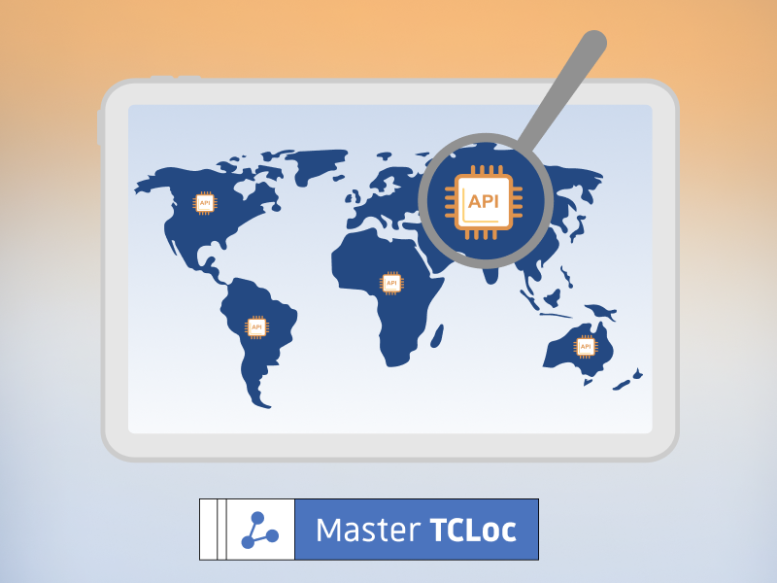In the world of web development, Application Programming Interfaces (APIs) have emerged as essential instruments for driving innovation and simplifying procedures. This article analyses the significance of application programming interfaces (APIs) in web development, their impact on integration, and how they boost smooth communication and data exchange between various applications and services.
Understanding APIs
Application Programming Interfaces, or APIs, are standardized sets of guidelines, procedures, and instruments that enable seamless communication between various software programs. These interfaces serve as a “middleman” or mediator, enabling programs to effectively request, exchange, and receive data while maintaining their distinctive capabilities. This makes it possible for developers to build flexible software ecosystems that encourage innovation and increase capabilities.
APIs’ Importance in Web Development
APIs play a crucial role in web development by simplifying complex processes. They enable developers to access and apply the features of other applications without recreating them from the start. This reduces development time and effort, allowing developers to focus on the essential features of their application.
In addition, APIs support integration, allowing different applications to collaborate. This helps seamless communication and interaction between multiple platforms, enabling developers to create integrated solutions with improved functionality and user experience.
In addition, APIs encourage developers to rapidly scale their applications by using the resources of established platforms and services. This ensures that applications can adapt to growing user needs and market demands and develop as a result.
APIs in Real-World Web Development
When interacting with APIs, it is crucial to consider security and implement the necessary authentication and authorization measures to protect sensitive data. Providing straightforward and thorough documentation for the API, including descriptions of all endpoints, data formats, and sample requests and responses, is also essential.
Best practices involve implementing rate limiting to prevent excessive use of the API and maintain optimal performance for all users and using a versioning system to manage updates and changes to the API, enabling developers to adapt their applications accordingly.
- Google Maps API: Websites integrate Google Maps to provide location-based services, enabling users to view addresses, locate nearby points of interest, and obtain directions.
- Social media integration is a crucial aspect of web development, and Twitter API is a key component. Twitter and other platforms provide APIs that allow developers to display tweets, timelines, and user profiles within their applications.
- Online payment processing is simplified with APIs provided by platforms such as Stripe. This enables businesses to accept and process payments in a secure manner without having to develop their own payment infrastructure.
Conclusion
APIs play a crucial role in modern web development by encouraging innovation and simplifying procedures. They enable developers to create new features and improve user experiences by enabling integration and communication between various applications and services. APIs also contribute to the accessibility of technology by granting businesses of all sizes access to important resources and capabilities, thereby balancing the playing field for small businesses and independent developers. As the digital landscape continues to evolve, the significance of APIs in web development will only increase, influencing the future of online interaction and connectivity and ensuring that web applications remain adaptable and relevant in a rapidly evolving and expanding digital ecosystem. In addition, APIs improve productivity by reducing development time and effort, allowing developers to concentrate on their unique value proposition and primary competencies.
If Application Programming Interfaces interest you, you might also want to read our article: “An Introduction to Writing API Documentation“.



